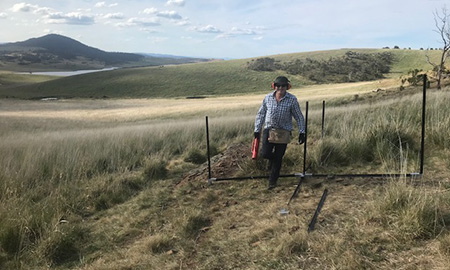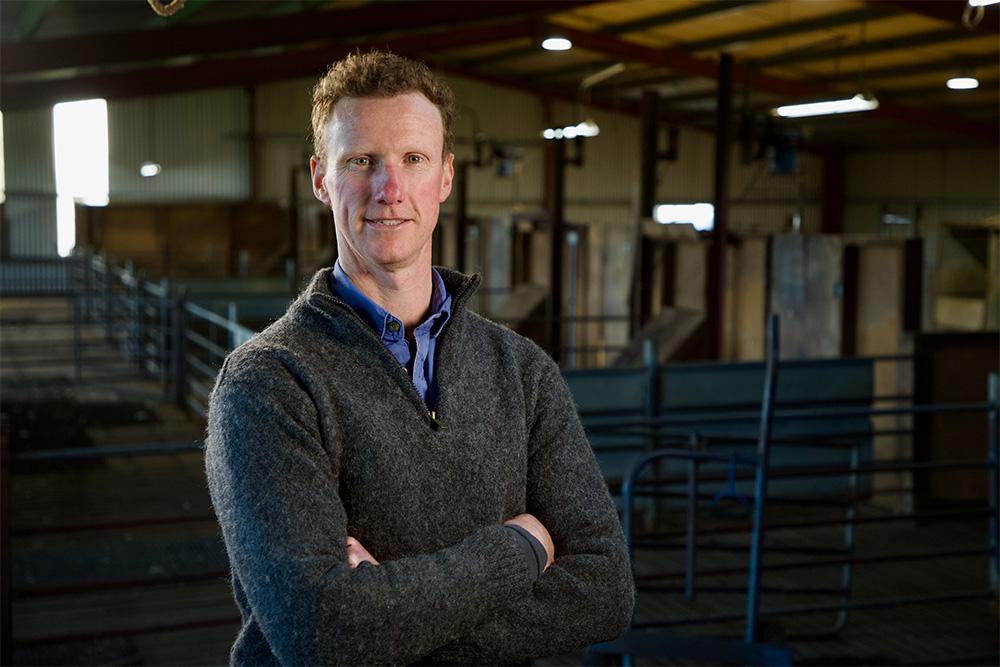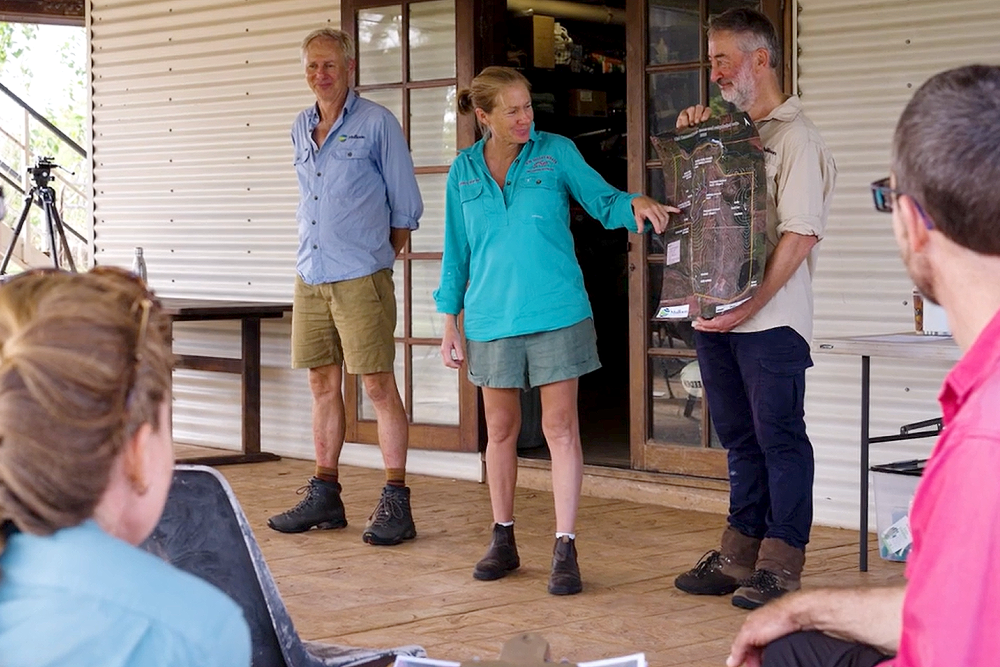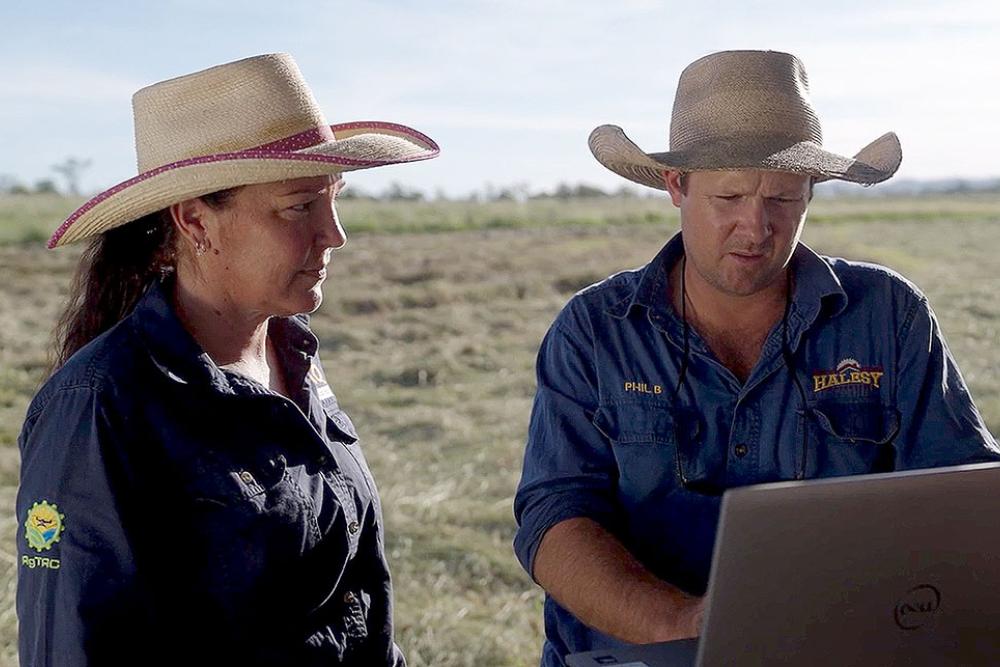Tasmania’s east coast is one of the country’s most spectacular regions, but it is also an area prone to drought and unpredictable weather patterns.
East coast local and regenerative grazing trial project lead, Jason Whitehead is paving the way to demonstrate that a different approach to grazing stock not only the east coast – but for all the country can gain positive outcomes.
As part of the Future Drought Fund’s (FDF) Natural Resource Management grants, Jason and his team will be trialling different grazing patterns and monitoring via satellite and observations to understand how best to improve the resilience of the landscape during at risk drought periods.
Often Tasmania evokes an image of lush pastures, rugged landscapes, and plentiful rainfall – however this depiction is not the reality facing many landholders in the state. From his property, Okehampton where these trials are being held, Jason’s water supply comes from a local bore and come summer his dams dry up.
With a professional background in Natural Resource Management, Jason understands the positive impacts that come from working with the landscape to create increased ground cover and ultimately profitability and production.
‘Improved grassland management can lead to improved drought resilience. We hope to demonstrate how different grazing periods and stocking rates impact the land,’ he said.
The project is in the early phases and is intended to run until 2023, where an open farm day and information session will be hosted by Jason and the extensive project team.
‘It is intended that at the end of this project we can demonstrate improved ground cover, pasture persistence, pasture reseeding and vigour that will improve drought resilience.’
A ‘whole system’ approach
This is the first trial of this magnitude and focus to be established through funding from the FDF. The trial complements a triple bottom approach, clearly demonstrated by the expansive expertise and knowledge in Jason’s project team.
‘The team consists of agricultural consultants, scientists, land managers, university students and researchers and indigenous community members.
‘The drought message is production-focused, and the work will be undertaken, or findings shared with farming tenants, researchers, NRM-South and farm extension organisations, an indigenous land management service providers and indigenous college students.’
Along with NRM and scientific expertise, local indigenous community members are key to the project, sharing their knowledge on traditional approaches for improved grassland management and drought resilience.
Technology to rescue a tortured landscape
Landholders require solid decision-making tools when working towards increasing resilience of the land and one pasture biomass decision support system, Cibolabs will be utilised during this trial.
Jason described how the decision-making tool will be utilised for this study. ‘Assessment of satellite images will allow us to estimate the pasture biomass available for grazing (green and dry food on offer) and pasture versus bare ground cover.
When I first saw it, it looked like a tortured landscape
‘The pasture recovery rates in different grazing trial plots will provide important information on how to be manage the land during drought risk times’.
The positive impacts the trial will have on Okehampton, and lessons learnt are anticipated to demonstrate to local landholders the benefits of regenerative agricultural practices.
Next steps
Once the grazing trial areas are established, a pasture data analysis will be undertaken followed by grazing during the peak of Tasmania’s drought risk season.
We’ll be checking in on how the next phase of the project is unfolding in a few months’ time.
Are you interested in how this could inform your land management? Then please follow along with the progress and findings from this exciting trial.
Read more
Connect with us
- Follow on Facebook @awegov
- Follow on Twitter @DeptAgNews




